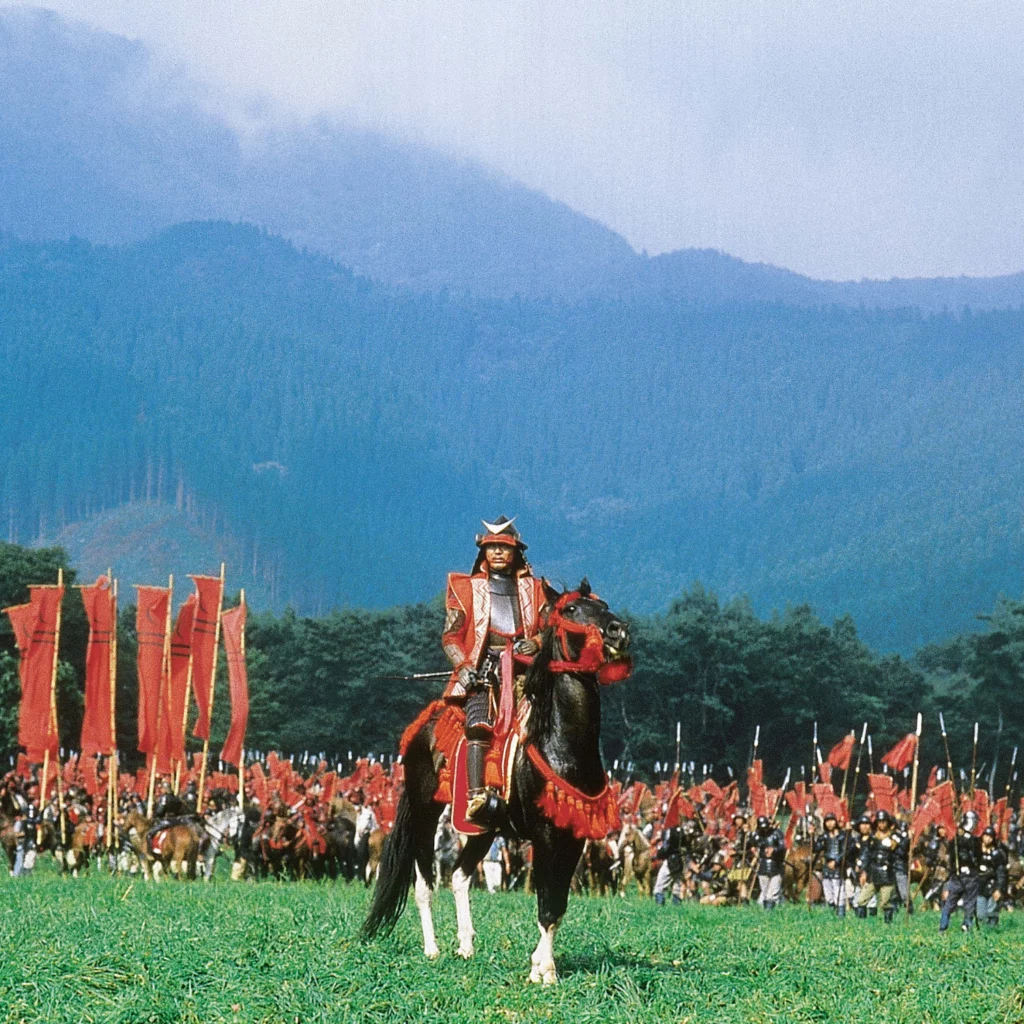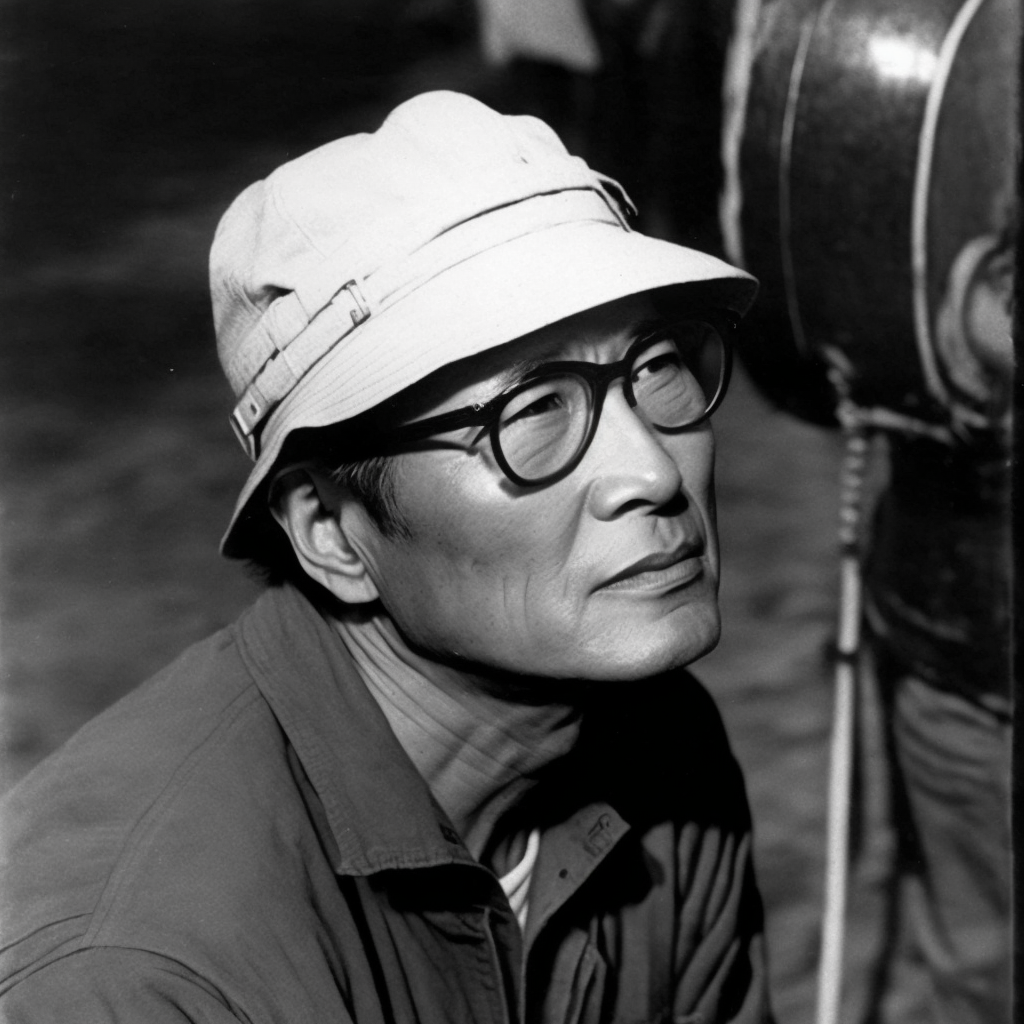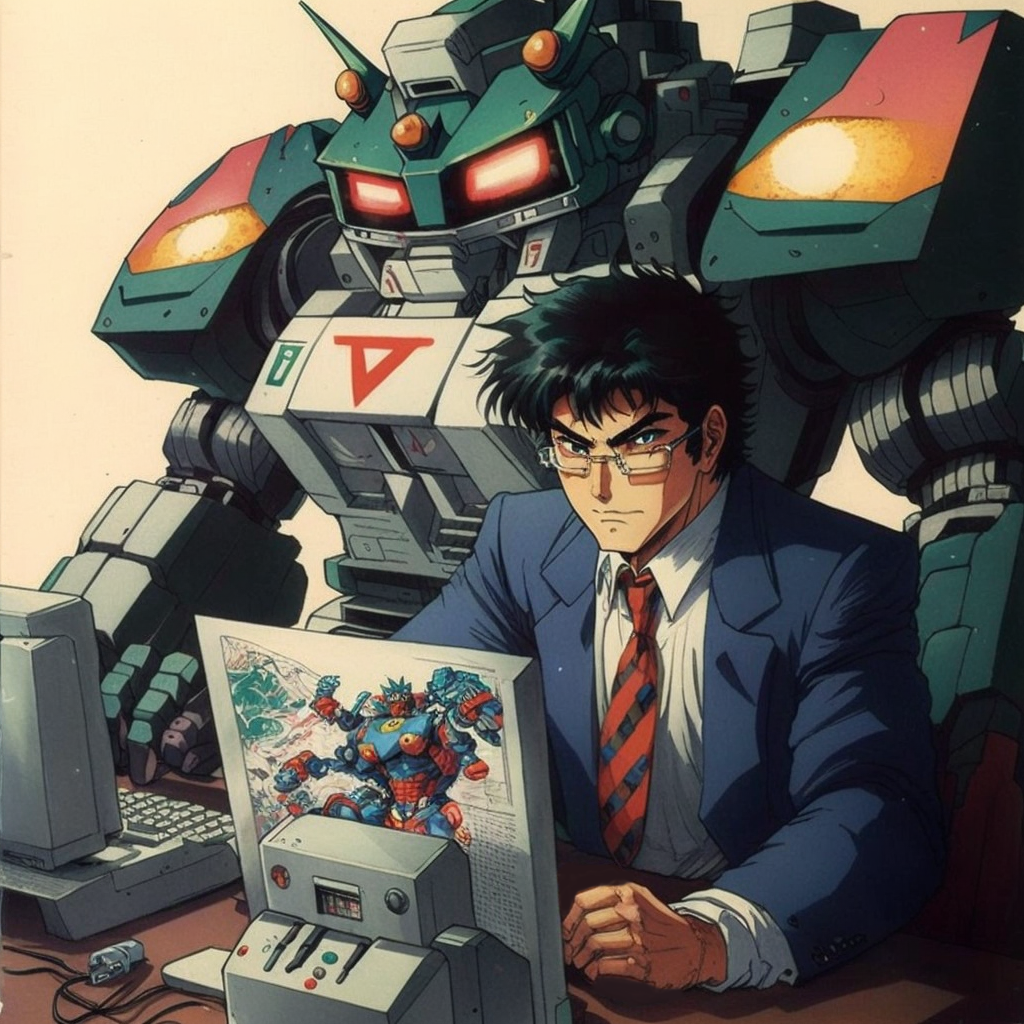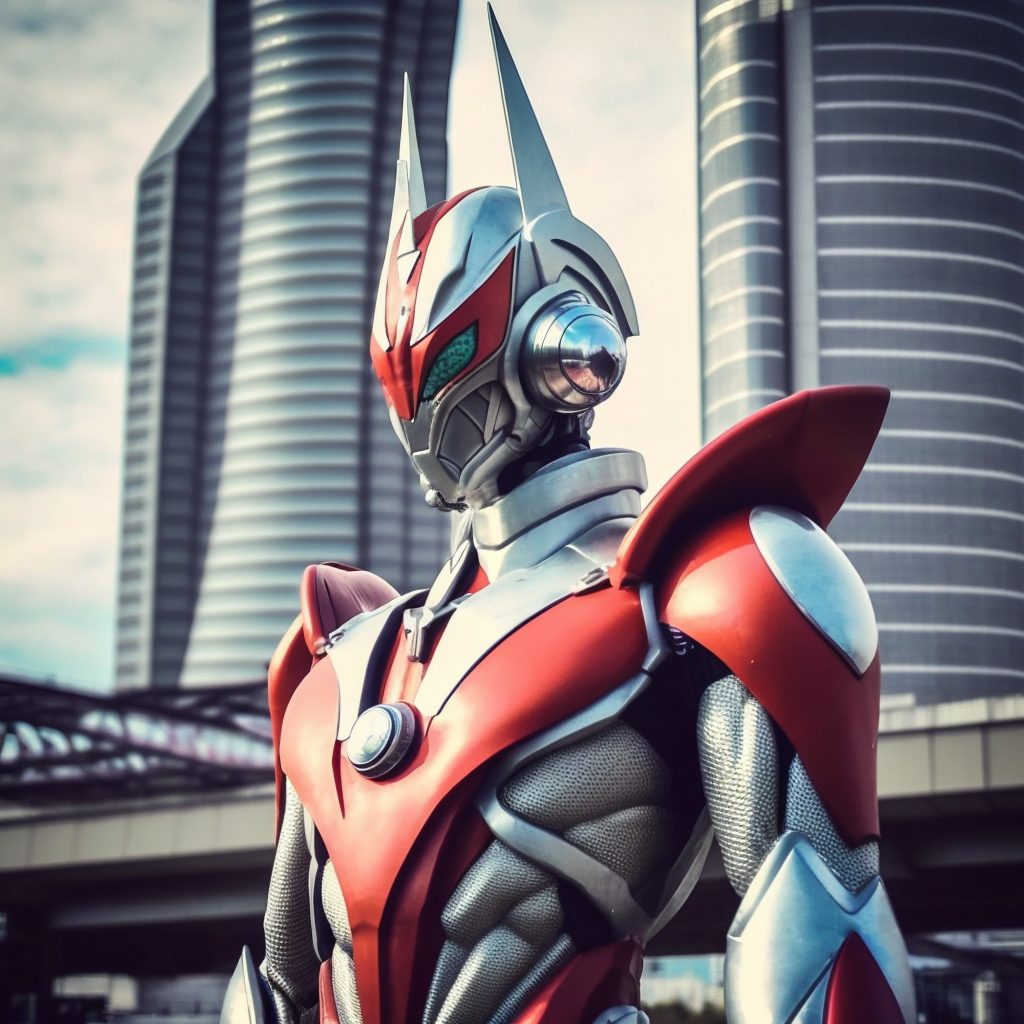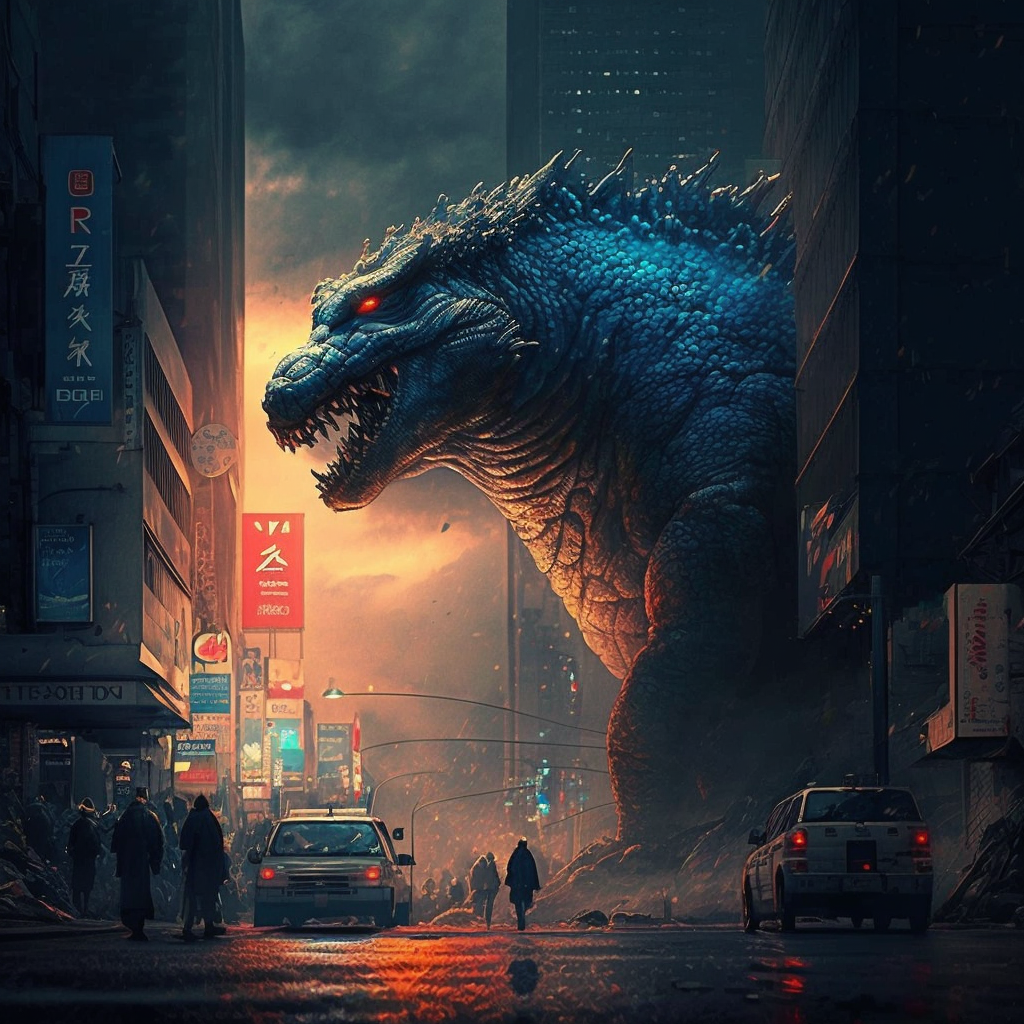Released in 1985, the film Ran is a masterpiece by legendary Japanese filmmaker Akira Kurosawa. It is inspired by William Shakespeare’s tragedy King Lear and the legends of feudal Japan. It is often considered one of the greatest films in cinematic history. With its spectacular landscapes, dazzling costumes, and powerful storytelling, Ran is a dazzling fusion of Japanese culture and Shakespearean drama.
Background and Genesis of the Film:
Akira Kurosawa is already internationally renowned for his masterpieces such as Seven Samurai and Rashomon. He embarked on the Ran project at a time when his career was experiencing ups and downs. After several aborted projects and financial difficulties, he managed to obtain the necessary funding for what would become his most expensive film. Painting deeply influences the film. Kurosawa had always been fascinated by this art, and each frame of Ran can be seen as a living canvas.
Synopsis:
Ran tells the story of Hidetora Ichimonji, an old warlord. He decides to divide his kingdom between his three sons: Taro, Jiro and Saburo. However, his decision to step down from power provokes a fratricidal struggle for control of the territory. This leads to the fall of the Ichimonji house. The tragedy unfolds in a spiral of violence, betrayals, and losses. The torments of fate carried away each character.
Aesthetics and Themes:
The film is known for its bold use of color. In particular, costumes are designed to reflect the characters’ personalities and destinies. For example, Taro’s yellow symbolizes pride, Jiro’s red symbolizes violence, and Saburo’s blue symbolizes loyalty. Kurosawa’s direction, with its epic battle scenes and sweeping vistas, contrasts with the characters’ inner turmoil.
The themes explored in Ran are universal: the madness of power, the fragility of humanity, and the inevitability of chaos. Kurosawa presents a pessimistic vision of human nature, where the quest for power inevitably leads to destruction.
Reception and Legacy:
Upon its release, Ran was praised by critics and audiences worldwide. The director demonstrated ambition and technical mastery. The film won numerous awards, including an Oscar for Best Costume Design. And it marked the end of Kurosawa’s golden age of cinema. Today, Ran remains a timeless classic. It is often studied in film schools and celebrated by film buffs around the world.
Conclusion:
Ran is much more than just a film; it is a true tragic fresco that explores the depths of the human soul. Akira Kurosawa, through this work, offers us a powerful meditation on the human condition. Where visual beauty mixes with the darkness of despair. This film remains a must-see for anyone interested in the history of cinema and epic storytelling.

